From Farm to Fork and Back: Everything about Food
Though often neglected, the urban food system is an essential part of the local implementation of the SDGs. Food sustainability is intertwined with hunger eradication, food security, poverty alleviation and carbon emission reduction. "Everything" may be a bit of an overstatement, but we try to explore how cities manage the whole food value chain from production, transportation, distribution to consumption and food waste as well as how new ideas and technologies like blockchain can lend a helping hand.
FROM THE GUANGZHOU AWARD
Milan Italy
Milan Food Policy: An Innovative Framework for Making Urban Food System More Sustainable, Inclusive

The “Milan Food Policy” is an innovative planning strategy integrating and implementing a “Food Cycle System” throughout the city. It is strongly linking to social goals of improving health and well-being of citizens. To date, the policy has generated over 40 initiatives related to reuse, recycling waste food and reducing food miles. A key innovation in the Policy is the new model of governance combining the Global scale with an Urban level which is based on an integrated cross-sectoral approach among public agencies, social organizations, research bodies and the private sector… (read the full story)
Nanning, China
Kitchen Waste Resource Utilization and Harmless Treatment Plant Project
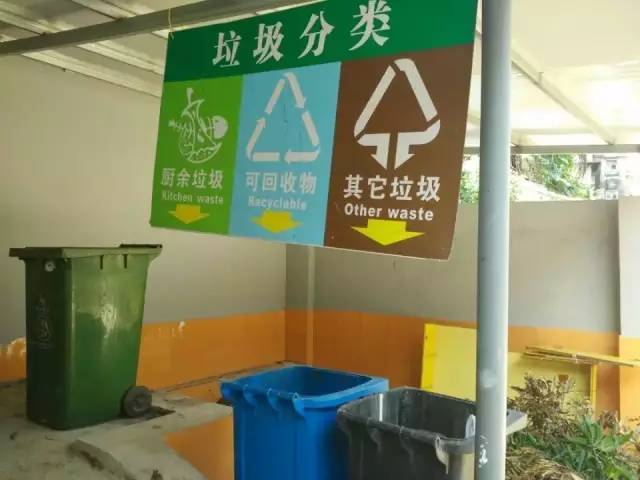
Food waste is estimated to account for around 60% of municipal solid waste in China. By supporting waste treatment enterprises and applying multiple advanced treatment technologies, the city of Nanning has successfully implemented its “Nanning Mode” in the treatment of kitchen waste, most noted for its overload collection and transportation as well as the build-operate-transfer model... (read the full story)
Dakar, Senegal
Micro Gardens
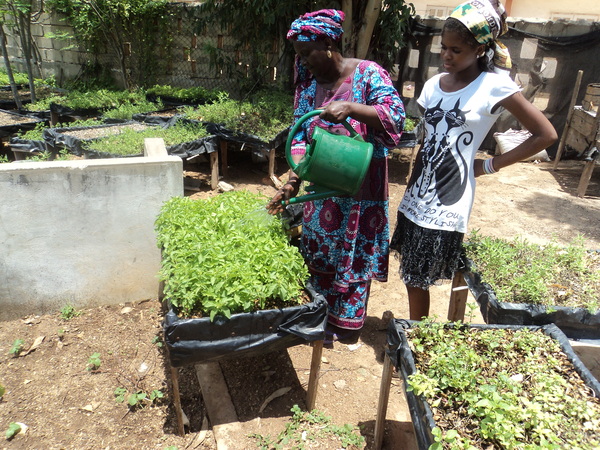
The city of Dakar has been undergoing an enormous population increase for several decades. In 2011, the city had 2.77 million inhabitants over 550 square kilometres, i.e. about 25% of the total Senegal population. As a result, the city grew quickly in uncontrolled ways. Former agricultural land in the city surroundings was settled and soon became part of the city or suburbs. This reduction in agricultural space due to population pressure caused serious threats for fragile groups in society, who suffer from insufficient food supplies.... (read the full story)
FROM THE WEB
Belo Horizonte, Brazil
Belo Horizonte's Food Security System
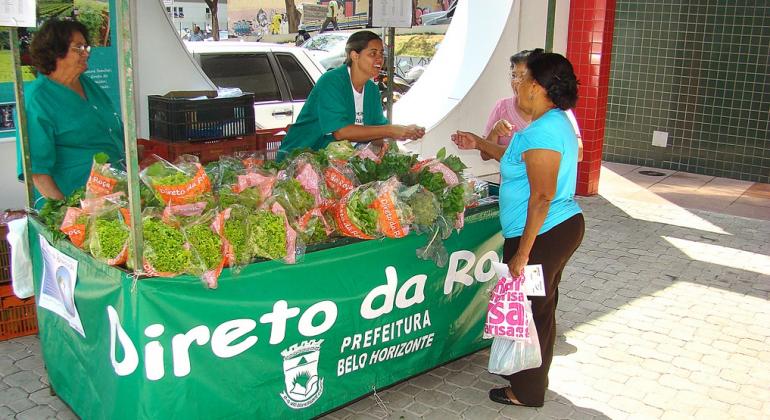
Belo Horizonte suffered high rates of poverty and hunger in the early 1990s. It was estimated that 38 percent of families in the metropolitan region lived below the poverty line and 18 percent of children aged less than three years were malnourished. The solution is a Secretariat for Nutrition and Food Security (SMASAN, formerly SMAB), which runs a variety of programs to ensure food and nutrition security for the citizens, especially the low-income residents... (read the full story)
Shanghai, China
A Ranking System for Food Safety
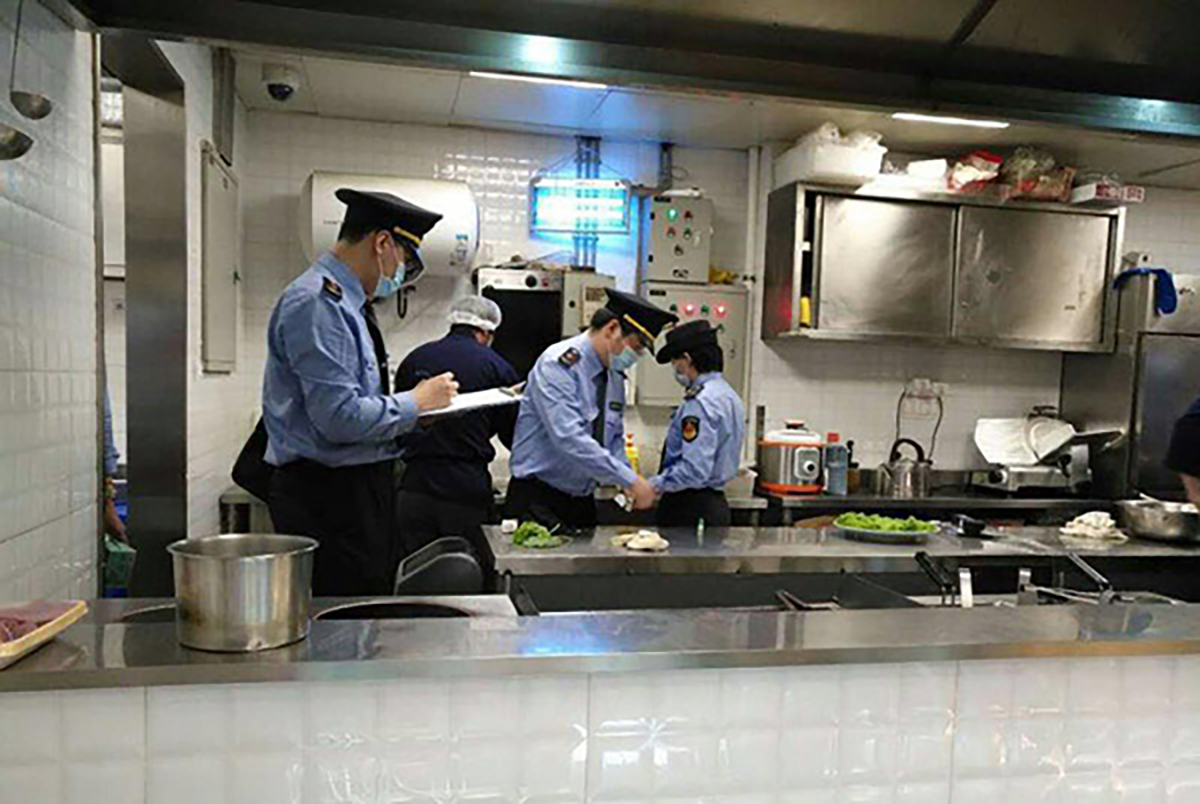
Over the last few decades, Shanghai’s food supply has been secured, while concerns over food safety have increased. The main food scene is dominated by small and medium-seized enterprises, which have relatively weak awareness of food safety compliance. This represents a challenge to the entire food system. For this reason, in February 2013, Shanghai established a new set of regulations and introduced a credit system, with the aim of strengthening the supervision of food production and safety... (read the full story)
Three Ways in Which a City Can Build a Sustainable Food System
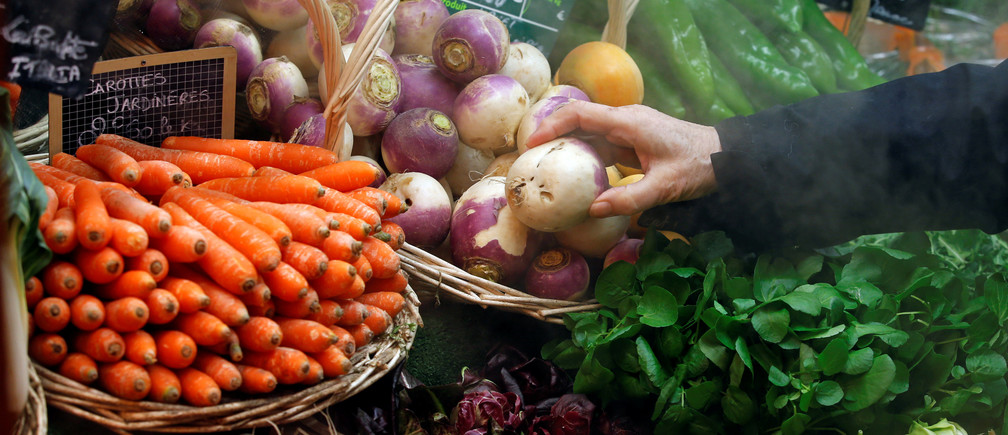
Today, for every dollar spent on food, society pays two dollars in health, environmental, and economic costs. Surprisingly, these costs – which amount to $5.7 trillion per year globally – equal those related to issues such as obesity, diabetes, and malnutrition. Significant time and effort go into tackling the problems of consumption – and rightly so – but the damage caused by production is just as bad and can no longer be overlooked if we want food that is truly healthy… (read the full story)
Bug Business: Cockroaches Corralled by the Millions in China to Crunch Waste
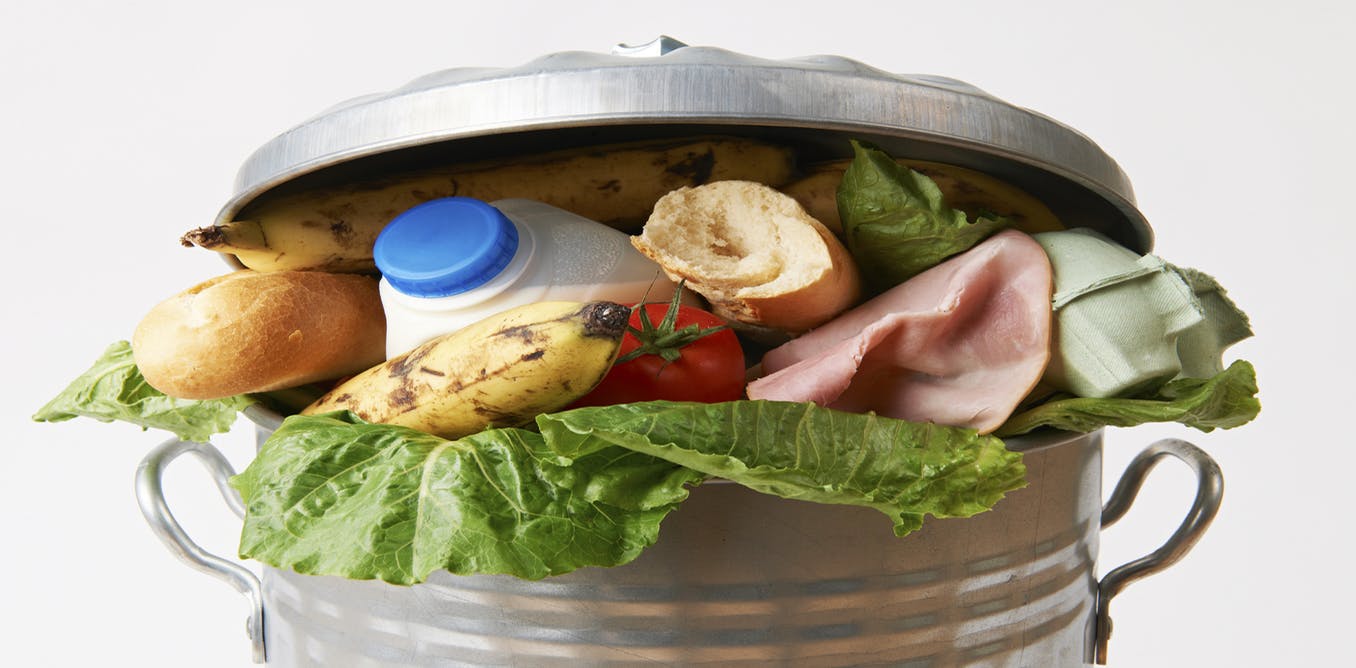
In the near pitch-dark, you can hear them before you see them - millions of cockroaches scuttling and fluttering across stacks of wooden boards as they devour food scraps by the tonne in a novel form of urban waste disposal. Expanding Chinese cities are generating more food waste than they can accommodate in landfills, and cockroaches could be a way to get rid of hills of food scraps, providing nutritious food for livestock when the bugs eventually die and, some say, cures for stomach illness and beauty treatments… (read the full story)
How the Blockchain Can Save Our Food

When it comes to our food supply, what we don’t know most certainly can hurt us. The World Health Organisation estimates that almost 1 in 10 people become ill every year from eating contaminated food, with 420,000 dying as a result. Our global food supply has grown so complex that it has become almost impossible for food producers and retailers to guarantee the provenance of their products. This is when blockchain can come into play, especially in food traceability… (read the full story)


 In Focus | World Cities Day: People-Centred Smart Cities
In Focus | World Cities Day: People-Centred Smart Cities City Stories | Fostering community resilience: A lifeline for the Central African Republic
City Stories | Fostering community resilience: A lifeline for the Central African Republic In Focus | Innovative Education, Empowering Futures
In Focus | Innovative Education, Empowering Futures




















 Tel: +86 020 3780 4434
Tel: +86 020 3780 4434 Email: info@guangzhouaward.org
Email: info@guangzhouaward.org Adress: Unit 01-7, 28th Floor, No. 7, Chunrong 3rd Road, Tianhe District, Guangzhou, Guangdong, 510000, PRC
Adress: Unit 01-7, 28th Floor, No. 7, Chunrong 3rd Road, Tianhe District, Guangzhou, Guangdong, 510000, PRC




